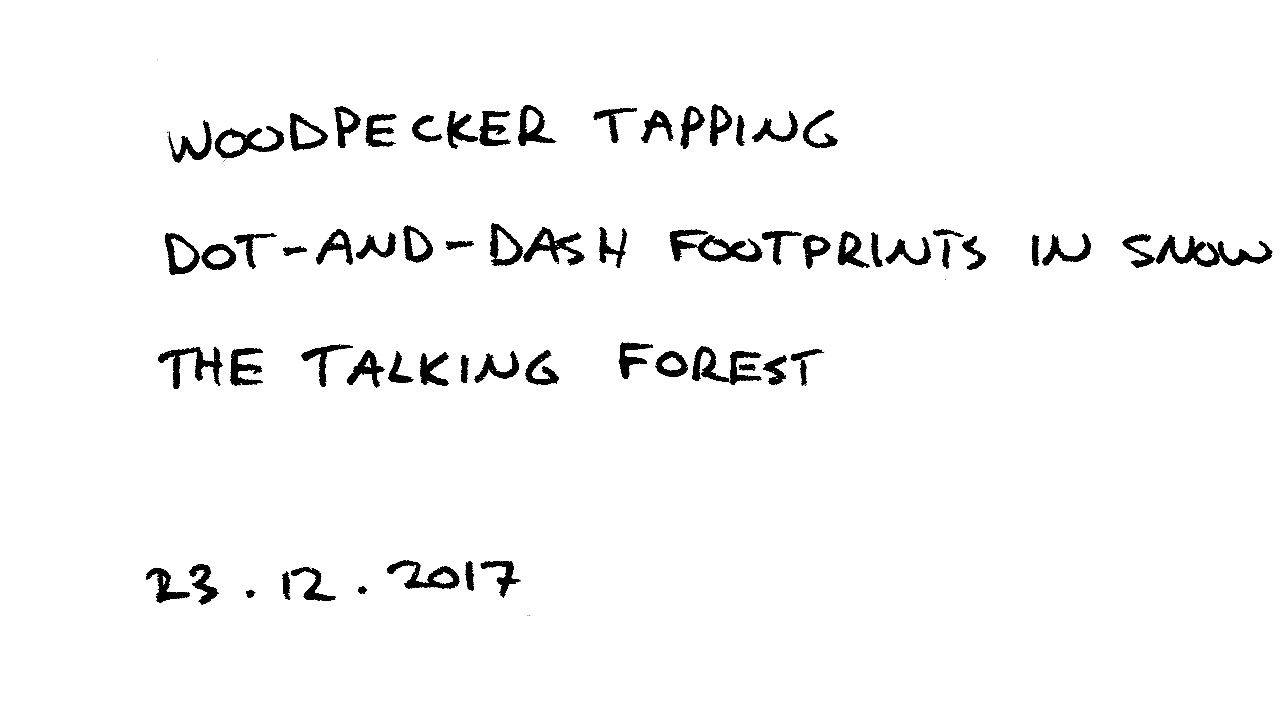
Last week while eating lunch and gazing out the window at the -30° cold, we noticed a small bird in the cedar by our deck. A pine siskin or similar sparrow, its gray, brown, and yellow-hinted feathers puffed out to capture each bit of warmth. Our kids jumped to the window to salute this brave little bird who undoubtedly wished it had migrated to the warm beaches of Mexico months earlier. Or that we would open the door to let it in, which would have made for a much more interesting story!
While our kids have taught us to notice every bird that ventures through our backyard, a bird in winter causes a different kind of excitement in our house.
A bird! Look at that little thing! So cold!
Winter has a way of making even the most common sparrow remarkable.
Minimalism
Winter is a lesson in minimalism. Outside the fresh snow makes a blank slate of the ground. White on white on white (captured well in David Quiring’s photo essay). The trees reach through the snow with brown, bare branches or dark needles. Every sound is muffled.
Humans and furry creatures alike travel outdoors as little as possible. When they do, they leave a record of their passing. Tracks in the snow reveal all the criss-crossing trails used by deer, foxes, rabbits, and birds.
In design, minimalism is used to eliminate clutter to make the main message more clear. By reducing the noise, the main object or idea is amplified.
Less is more.
In the same way, where in warmer seasons we are overwhelmed by the abundance of life, with its flocks of birds and green shoots sprouting from every bit of dirt, winter strips away all this abundance, leaving us to observe a single trail through the snow, or the song of a single chickadee.
Winter offers us the opportunity to appreciate the small signs of life.
Every deer track.
Each cold sunrise.
And every brave little sparrow.